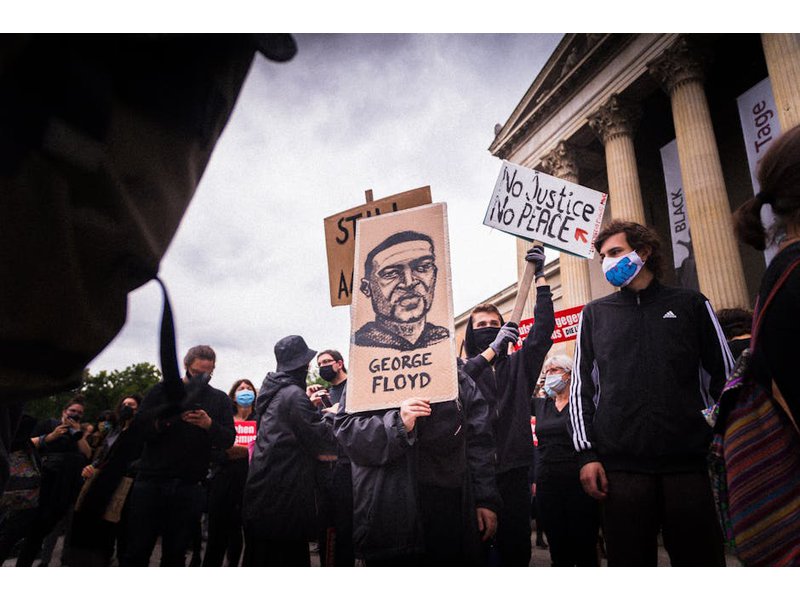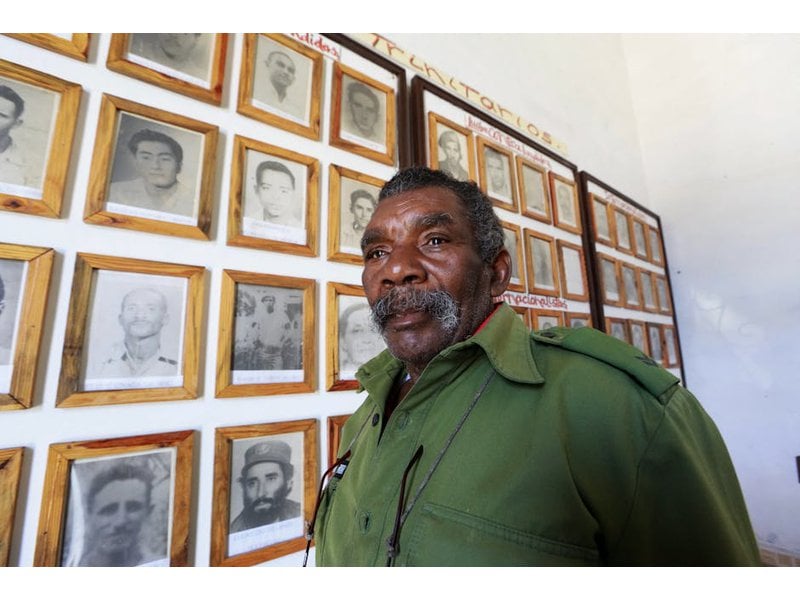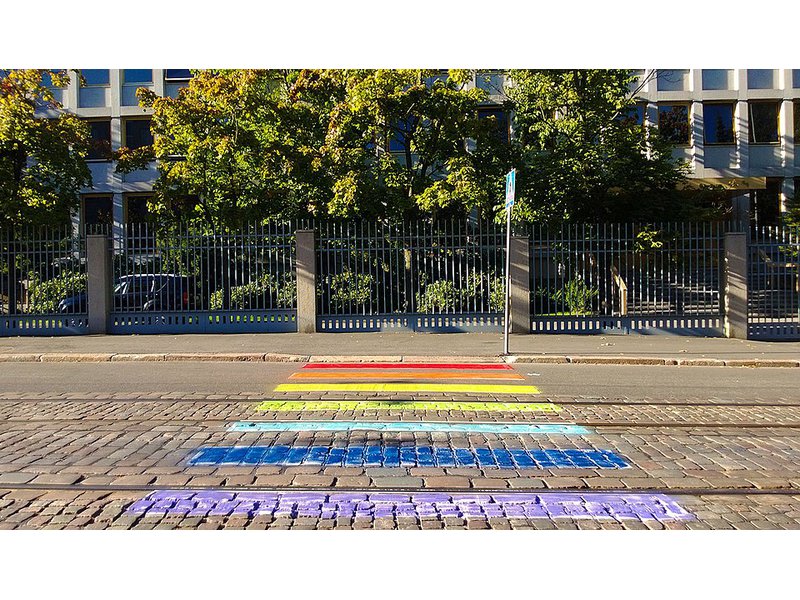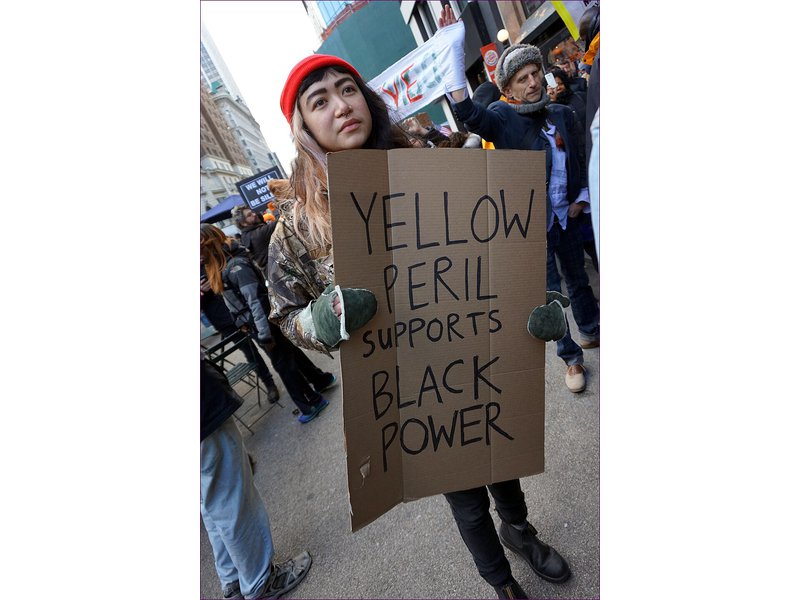192 alternative economic institutions

"Although not all economic institutions created or used by nonviolent actionists constitute economic intervention, they do so when the economic institution is itself used in a conflict situation as a method of wielding power or influence. These new institutions may be concerned with production, ownership, or distribution of economic goods. The objectives may not only be economic but also be social and political."...
High scoring campaigns using this method
Historical cases from the Nonviolent Action Database that used this method
Albanian workers force shift toward democracy, 1991
During the Cold War era, Albanians endured the totalitarian rule of Enver Hoxha. When Hoxha died in 1985, Ramiz Alia took over a Communist country with a history of repression and burdened by massive debt, poverty, and widespread underdevelopment. Fo...
Egyptians bring down dictatorship of Hosni Mubarak, 2011
Beginning in 1981, Hosni Mubarak ruled Egypt for over twenty-nine years. Though he ran for presidential reelection several times, elections were marked by widespread fraud, and opposing politicians were legally prohibited from running against Mubarak...
Belgian doctors strike to block single-payer healthcare, 1964
During the 1950’s and 60’s, as many countries advanced and became more industrialized, doctors in organized medicine tried to push back against the post-World War II trend of increased state involvement in medical care. The worry was that state invol...
French West African railway workers strike for greater benefits, 1947-1948
In 1946, a general strike in Dakar (with the exception of railway workers) guaranteed wage increases, family allowances for government workers, the recognition of unions, the expansion of wage hierarchies, and bonuses for seniority. In 1947, 164 case...
Indians in South Africa wage Satyagraha for their rights, 1906-1914
Before the start of the 20th century, there were about 62,000 Indians living in South Africa, including the British colonies of Natal and the Cape, and the Boer republics of Transvaal and the Orange Free State (OFS). Most Indians were indentured labo...
Tibetans boycott Chinese vegetable vendors, Qinghai, Tibet/China, 2011
Tibetans in Nangchen County, Qinghai province, China/Tibet, bought vegetables from Chinese vendors until early 2011, when the prices began to increase dramatically. In Chinese-owned vegetable shops, the price of 1 kg of apples increased from 2 yuan t...
Czechoslovak resistance to Soviet occupation, 1968
For the first eight months of 1968, the Czechoslovak Communist Party engaged in limited but significant reforms known as ‘Prague Spring,’ including declarations of freedom of expression and organization. The reform movement began in January, when mod...
Solomon Islanders withdraw from colonialism (“Maasina Rule”), 1944-52
As on many Pacific islands, the British colonial rulers of the Solomon Islands set up an economy based on an inter-island trade in indigenous labor. Islanders were often just as happy to avoid the labor trade and continue living in their traditional ...
British workers strike for better wages and political reform (“The Plug Plot Riots”), 1842
The Industrial Revolution brought prosperity to Britain’s upper classes and in the process created a new industrial working class. To this class belonged, in 1842, 350,000 textile workers, 120,000 coal miners, and 400,000 metal workers. Most of these...
Harvard University community campaigns for divestment from apartheid South Africa, 1977-1989
In the late 70s and 80s, American colleges and universities were engulfed in a heated debate over the ethical implications of financial investments. Educational institutions had invested billions of dollars in financial institutions and corporations ...
Low scoring campaigns using this method
Historical cases from the Nonviolent Action Database that used this method
Guam teachers strike for wage increase, 1980-81
In 1980, the government of Guam employed over 9,000 workers, or 27% of all jobs on the island. Approximately half of these public workers were teachers. 2,400 teachers were members of the Guam Federation of Teachers (GFT), the largest union on the is...
St. Paul's College students boycott segregated Virginia movie theater, Lawrenceville, VA, 1960
St. Paul’s College is a historically African American college in Lawrenceville, a town in rural Virginia. Although Lawrenceville was a predominantly African American town, segregation laws persisted. In 1960 only 750 of the 17,000 African Americans i...
Orangeburg County, South Carolina, citizens and students boycott for U.S. Civil Rights, 1955-1956
After the 1954 Brown v. Board of Education Supreme Court decision, groups of whites advocating for continued segregation formed across the southern United States. The strongest and most notable were white citizens councils (WCCs), which began in Miss...
Palestinians wage nonviolent campaign during First Intifada, 1987-1988
EDITOR'S NOTE: Regarding the First Intifada as "nonviolent" is controversial because of the violence that accompanied the campaign. Aden Tedla's narrative does not try to hide the violent dimension. Three considerations lead us to include the case in...





